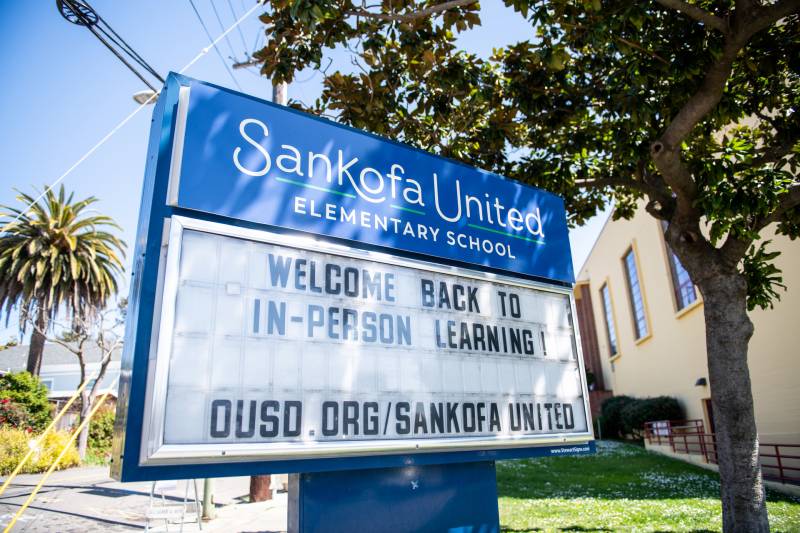"What we're hearing very broadly from schools all across the state is that they do want to have some level of flexibility to continue to provide distance learning for some families," said Kevin Gordon, president of Capitol Advisors, a lobbying firm representing hundreds of California school districts.
But any continuation of distance learning in the fall would also be a political risk for Newsom, who has been criticized for the slow pace of California's school reopening and will likely face a recall election toward the end of the year.
And districts acknowledge the need for some limits on distance learning in the state budget, Gordon said, to ensure that the goal of full-time, in-person instruction is not diluted through local deliberations and negotiations with labor unions.
"I think there is a genuine fear and I think a legitimate fear that if the Legislature doesn't have some guardrails on a future distance learning strategy, that there are going to be different kinds of pressure that would water down the effort to get kids back into an in-person instruction approach," he said.
That delicate balance has been elusive during this current school year. In June, Newsom signed a budget bill that authorized distance learning and lowered the requirement for instructional minutes.
As California's coronavirus caseload waxed and waned over the last year, the budget ensured that decisions over whether to open classrooms would ultimately be left to local school boards, who frequently faced competing pressures from parents and teachers unions, often resulting in gridlock.
Despite billions in state incentive grants to reopen classrooms, just 17% of California districts have so far returned to full in-person learning, the 10th-lowest mark among states in the U.S., according to data gathered by the American Enterprise Institute and the College Crisis Initiative of Davidson College earlier this month.
Now, Newsom and legislators must again decide whether to give districts such deference in the state's next spending plan, which the Legislature must pass before June 15 — although pieces of the budget can be adopted later in the summer.
A return to pre-pandemic rules would mean only students approved for independent study or those in non-classroom-based charter schools could enroll in distance learning.
Newsom's press office tweeted this week that the governor did not include an extension of this year's distance learning allowance in his initial 2021-2022 budget proposal unveiled in January.



